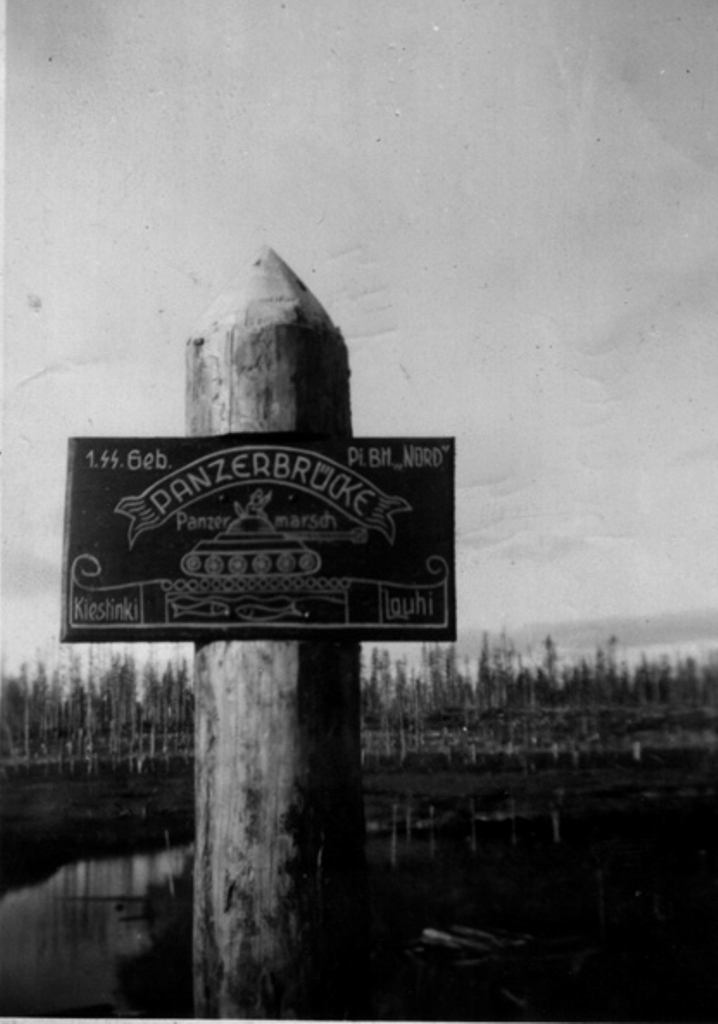
When they first entered service, the IK-3 fighter were found to suffer from minor equipment and instrument faults, which, largely due to deficiencies in the Yugoslav aeronautical industry, had resulted in a mixture of foreign and Yugoslav-made instruments having been fitted in the aircraft. Ww2dbaseThe remaining six aircraft from the initial order were completed by Jul 1939 and all twelve machines were subsequently allocated to the 161st Fighter Squadron (Kapetan Savo Poljanec) and the 162nd Fighter Squadron (Kapetan Todor Gogi?) of the 51 Grupa based at Zemun (six aircraft to each). The controls, they noted, were exceptionally well co-ordinated and maintenance proved simple – a factor of great importance in view of the poor servicing equipment on most Yugoslav airfields. Pilots quickly expressed a preference for the new fighter over their other machines reporting that it was more manoeuvrable than their Messerschmitt Bf-109E-3 aircraft and easily able to turn inside a Hawker Hurricane I fighter. Ww2dbaseThe first six Production IK-3 aircraft were delivered in late Mar 1940 to the 52nd Fighter Squadron for evaluation. The HS 12Y29 engine was replaced too with an Avia–built version of the Hispano-Suiza 12Ycrs rated at 860 horsepower at 4,000 metres. The production IK-3 would carry an armament of a single 20-millimeter Swiss Oerlikon FF with 60 rounds (replacing the French 20-millimeter HS 404 cannon in the prototype), located between the engine’s cylinder banks, and two 7.92-millimeter FN-Browning machine guns in the upper part of the forward fuselage. Additional frames were added to the sliding cockpit canopy and a bullet-proof windscreen was also fitted. Some modifications were made to the wing structure and revised undercarriage fairings were installed. Ww2dbaseThe production IK-3 aircraft would differ in few respects from the prototype.

A subsequent investigation into the accident would completely exonerated the aircraft, and the Air Ministry, now sufficiently impressed by the test results, duly signed an order for an initial batch of twelve production aircraft. When the starboard wing failed during a terminal velocity dive the pilot, Kapetan Pokorni, was unable to recover control.
AXIS HISTORY FORUM SAVO SERIES
Five other pilots flight-tested the IK-3 before the machine was destroyed in a fatal crash on when it took-off from Zemun airfield, to perform a series of aerobatics. Initial flight trials were extremely successful, requiring only a few minor modifications to the Messier design undercarriage and engine installation. The wings were of wooden construction with plywood skinning, and fitted with metal-framed, fabric covered ailerons and dural flaps. Ww2dbaseThe prototype, powered by a Hispano-Suiza 12Y-29 engine, rated at 890 horsepower for take-off and 920 horsepower at 3,600 metres, had a fuselage of steel-tube structure with plywood stringers and metal skinning forward and fabric aft. Rjelanovic at the controls, would make its maiden flight towards the end of May 1938. The completed prototype, with Kapetan (English: Captain) M. The design was then submitted to the Yugoslav Air Ministry in Mar 1937, who agreed to issue a contract for a single prototype to the built for evaluation. All preparatory work was undertaken in strict secrecy, with a model being successfully tested in the Eiffel wind tunnel in Paris, France. This aircraft was initially designated IKZ or IK-Z, but the similarity between the Cyrillic "Z" and the Arabic "3" led to confusion and, as a result of common usage, the fighter became known widely as the IK-3. The resultant design incorporated cantilever low-wings, an enclosed cockpit and fully-retractable landing gear. During 1938, engineers Ljubomir Ilic and Kosta Sivcev, who had previously designed the Ikarus IK-1and IK-2 gull-wing monoplane fighters, were joined by Slobodan Zrnic to initiate work for Rogozarski A.D at Belgrade, Yugoslavia on a private venture for a new monoplane fighter for the Yugoslavian Air Force. Ww2dbaseIn 1936, it was becoming obvious that the heyday of the biplane and high-wing monoplane configurations for fighter aircraft was passing, and all the major aircraft-manufacturing nations were turning their attention to designing low-wing high-speed monoplanes with fully retractable undercarriages.


 0 kommentar(er)
0 kommentar(er)
